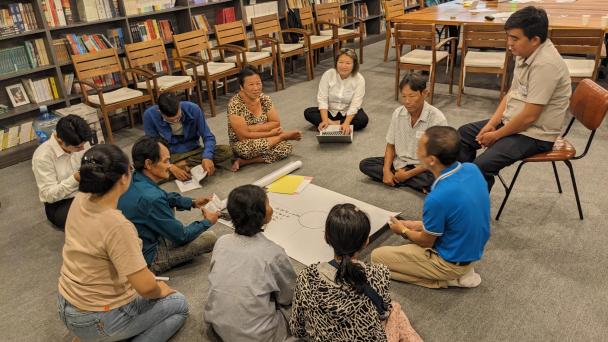Powering the future: Public attitudes towards green energy infrastructure in Britain


Research has shown the wide-ranging benefits of spending time in nature. However, access to the environment is not equal. Those from ethnic minority groups are less likely to visit National Parks and Areas of Outstanding Natural Beauty than those from White backgrounds. This research aimed to understand the barriers to engagement for three ethnic minority groups: Black British groups, Bangladeshi and Pakistani groups, and Central and Eastern European groups. The project consisted of a rapid evidence assessment and in-depth qualitative research (focus groups and depth interviews) with people from ethnic minority backgrounds. The research used a behavioural change lens to see to understand the barriers and enablers to engagement.
The existing evidence base pointed to a lack of diversity in visitors to the countryside. Findings from both the evidence review and the online qualitative research indicated that barriers to engagement occur at different points across the visitor journey: before visiting, while travelling to landscapes and during visits. Barriers were both structural and individual in nature and many of the identified barriers were interlinked and reinforced one another. ‘Visible’ minorities had unique experiences relating to anticipated or actual experiences of discrimination. Visitors from Muslim backgrounds also had specific needs related to their faith and could face additional barriers, such as a lack of spaces for prayer.
Barriers were mapped using the COM-B model seeks to explain behaviour in terms of three key mechanisms:
Stakeholders and research participants suggested a range of potential interventions to address the barriers identified including: better promotion to diverse audiences; providing more accessible information; improving transport services; offering supported community visits; offering discounts; improving facilities and activities; addressing underrepresentation in the environment sector; and wider cross-cutting solutions to address systemic racism.
The study adopted a mixed methods approach to answering the research questions:



 Press release
Press release
Receive a regular update, sent directly to your inbox, with a summary of our current events, research, blogs and comment.
Subscribe